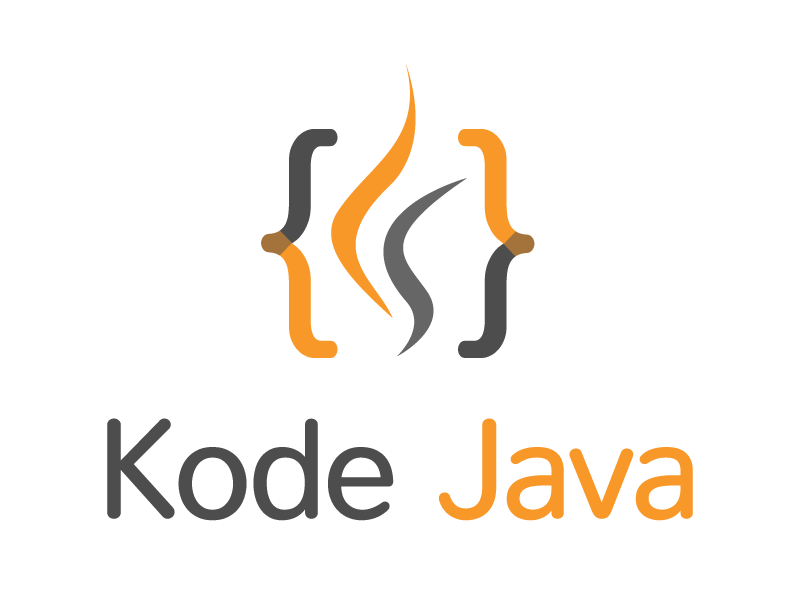In this example you’ll learn how to close or shutdown a BlockingQueue when no more element available in the queue. We will use the common strategy by making the Producer to send a marker object in a Producer – Consumer scenario. This marker object also known as the poison object will be considered as a sign that the queue contain no more object that need to be processed. Which then will allow us to break the operation of the consumer thread.
package org.kodejava.util.concurrent;
import java.util.concurrent.ArrayBlockingQueue;
import java.util.concurrent.BlockingQueue;
public class BlockingQueueShutdown {
public static void main(String[] args) {
BlockingQueue<String> queue = new ArrayBlockingQueue<>(32);
MyDataProducer producer = new MyDataProducer(queue);
MyDataConsumer consumer = new MyDataConsumer(queue);
new Thread(producer).start();
new Thread(consumer).start();
}
}
Below is the Producer object that put data into the queue. The string DONE is our marker object. This is the last data will be placed in the queue for the consumer to pick up.
package org.kodejava.util.concurrent;
import java.util.concurrent.BlockingQueue;
public class MyDataProducer implements Runnable {
BlockingQueue<String> queue;
public MyDataProducer(BlockingQueue<String> queue) {
this.queue = queue;
}
@Override
public void run() {
System.out.println("MyDataProducer.run");
String[] data = {"D001", "D002", "D003", "D004", "D005", "DONE"};
try {
for (String element : data) {
queue.put(element);
Thread.sleep(1000);
}
} catch (InterruptedException e) {
e.printStackTrace();
}
}
}
The Consumer object loops to retrieve elements from the queue. And it will break the loop and ended the thread when it receives the marker object from the queue.
package org.kodejava.util.concurrent;
import java.util.concurrent.BlockingQueue;
public class MyDataConsumer implements Runnable {
BlockingQueue<String> queue;
public MyDataConsumer(BlockingQueue<String> queue) {
this.queue = queue;
}
@Override
public void run() {
System.out.println("MyDataConsumer.run");
while (true) {
try {
String element = queue.take();
if ("DONE".equals(element)) {
System.out.println("Exiting consumer thread, " +
"end of data reached.");
break;
}
System.out.println("Element = " + element);
} catch (InterruptedException e) {
e.printStackTrace();
}
}
}
}
